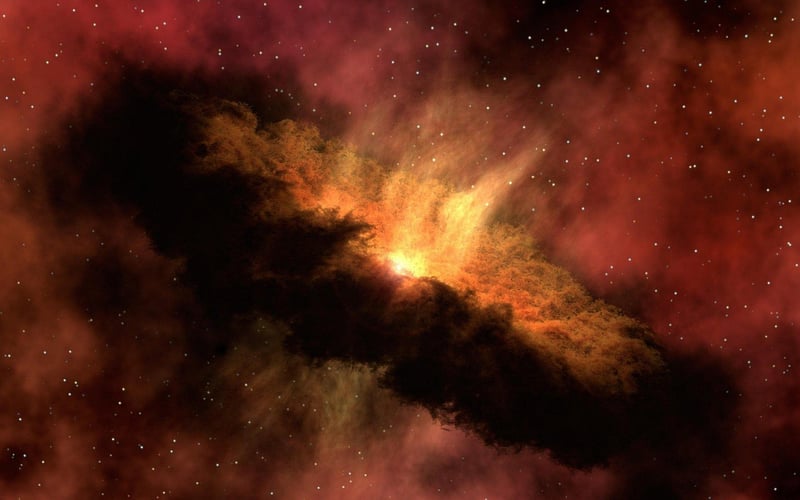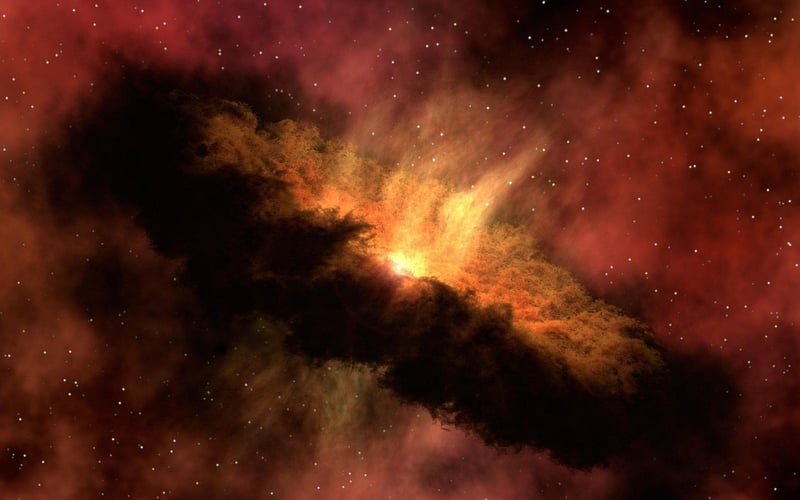Cosmic Inflation
Unraveling the Universe's Secrets: Cosmic Inflation Explained
Have you ever wondered how the universe came to be? Or what processes shaped its vast expanse? One of the key concepts in understanding the early universe is cosmic inflation. Let's delve into this fascinating theory that helps unravel the mysteries of our cosmos.
What is Cosmic Inflation?
Cosmic inflation is a theory in cosmology that suggests the universe underwent an exponential expansion in the moments following the Big Bang. Proposed by physicist Alan Guth in the 1980s, this rapid expansion occurred in a fraction of a second, causing the universe to grow exponentially larger.
Key Aspects of Cosmic Inflation:
- Rapid Expansion: Cosmic inflation postulates that the universe expanded at a phenomenal rate, many times faster than the speed of light, in the first moments after the Big Bang.
- Homogeneity and Isotropy: This theory explains the uniformity and isotropy of the cosmic microwave background radiation observed throughout the universe.
- Flattening the Universe: Cosmic inflation accounts for the flatness of the universe, suggesting that the geometry of space is flat on large scales.
- Origin of Cosmic Structures: The fluctuations generated during inflation are believed to be the seeds that led to the formation of galaxies and large-scale structures in the universe.
Implications of Cosmic Inflation:
The concept of cosmic inflation has profound implications for our understanding of the universe's evolution and structure. It provides a compelling explanation for various observed phenomena, such as the smoothness of the cosmic microwave background and the distribution of galaxies in the universe.
Exploring Further:
If you're intrigued by the mysteries of the universe and want to learn more about cosmic inflation and its implications, check out these resources:
Embark on a journey through the cosmos and witness the awe-inspiring beauty of our universe, shaped by the extraordinary phenomenon of cosmic inflation.

